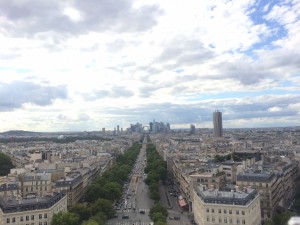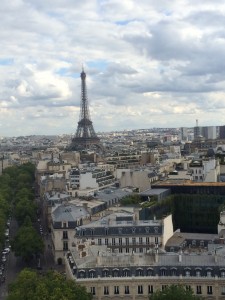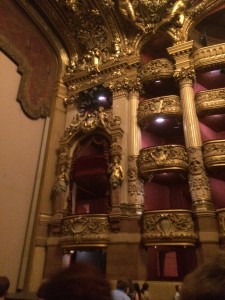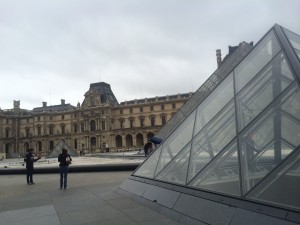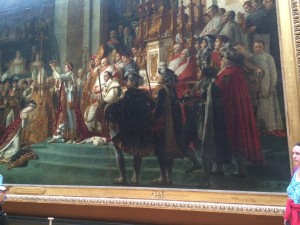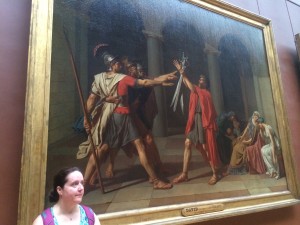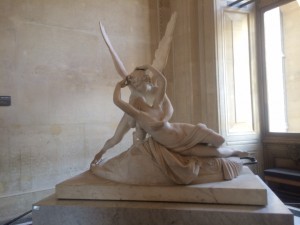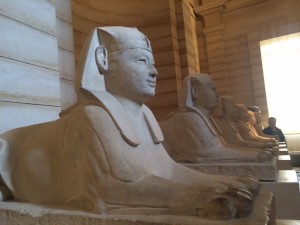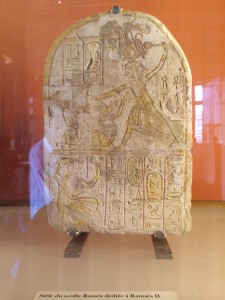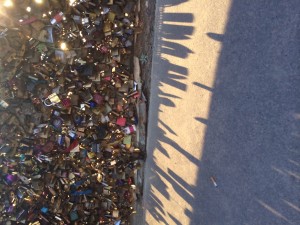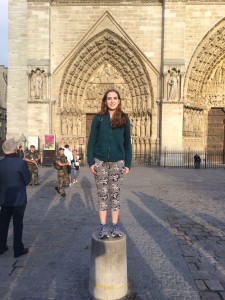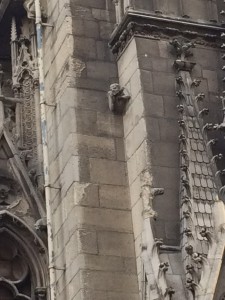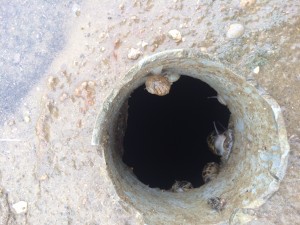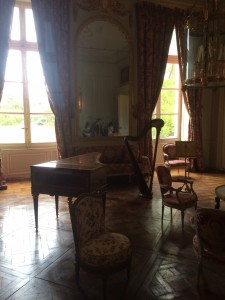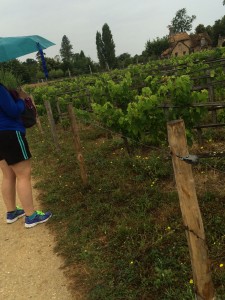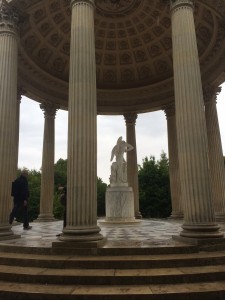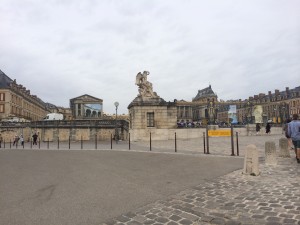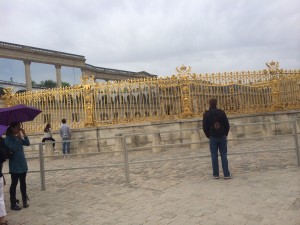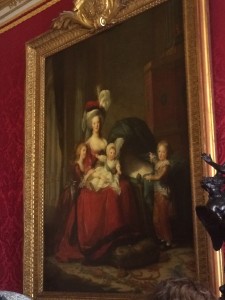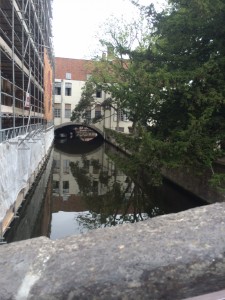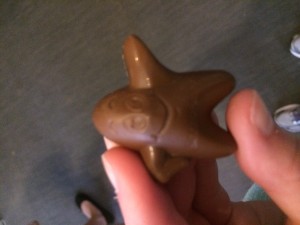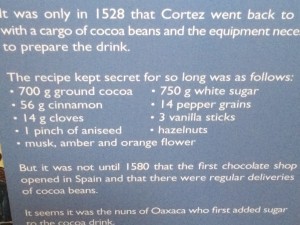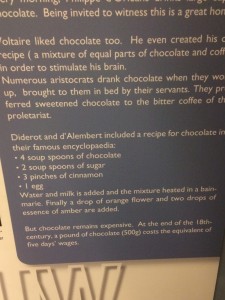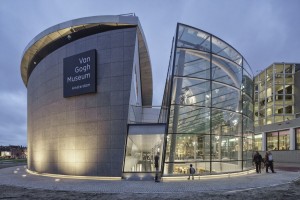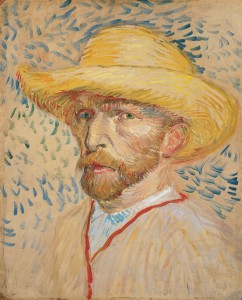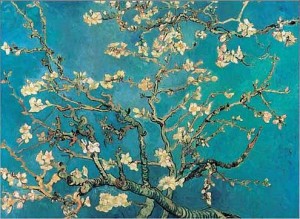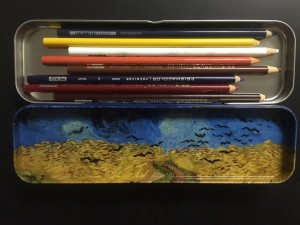The third site crammed in the same day as the Louvre and the Palais Garnier was the Arc de Triomphe.
The Arc is notably famous for how the Germans marched past the Arc during their invasion in World War Two, as well as other invasions since the completion of the Arc. And of course it is famous because the infamous Napoleon Bonaparte ordered its construction in 1806 to dedicate the glory of his triumphant army. As with many monuments, there were numerous set backs and the Arc was not completed until thirty years later in 1836. Sadly, Napoleon was long banished and dead by this point.
The famous monument is located at the Place de l’Etoile, which is a huge roundabout in Paris. In order to actually get to the monument, there are no sidewalks to cross the busy traffic circle (that is the intersection of 12! streets).
Instead, there’s an underground tunnel that takes you from somewhere outside the traffic circle, right up to the monument itself! To go through the tunnel you buy/show your ticket at the entrance, and they’ll let you go in it if there aren’t too many people in the tunnel already. I don’t really remember how long it took to get to the other side, but it was pretty cool to know you’re walking under busy Parisian traffic.
Once you get back into daylight, you can go up into the Arc de Triomphe, or go see the Tomb of the Unknown Soldier memorial.
The staircase is in one of the four columns, and as you can tell by the title, it was a long upward spiral up the 164 feet tall building. It was a cramped space, with everyone in a line while going up, so my mom and I had to take a little break from the spiraling about 3/4 of the way up.
At the top of those stairs there’s an “attic” like area where you are in the top section, but not on the “roof” per say. There’s a gift shop area, and some Napoleonic statuary as well.
Finally to get to the top, there’s a short staircase of about maybe 10-20 steps. The view from the top of the monument is definitely worth the trek.
I also may or may not have tried to pinch the tip of the Eiffel Tower with my fingers in a photo, while I had such a great vantage point.
After taking too many photos, I went back down to the gift shop, bought a post card or two, and then the easier trip back down the stairs.
At street level, the monument has inscribed, the names of the 558 French generals who fought in the Napoleonic Wars, as well as the names of the many battles.
Below the Arc de Triomphe, the remains of the Unknown Soldier are buried. At street level there is an eternal flame that was lit on Armistice Day 1920. It commemorates the memory of the dead that were never identified in the two world wars. There were numerous people around the flame, which at the time I did not know what it was for. I now have a greater appreciation for what it stands for.

“Here lies a French Soldier, who died for his fatherland.”

